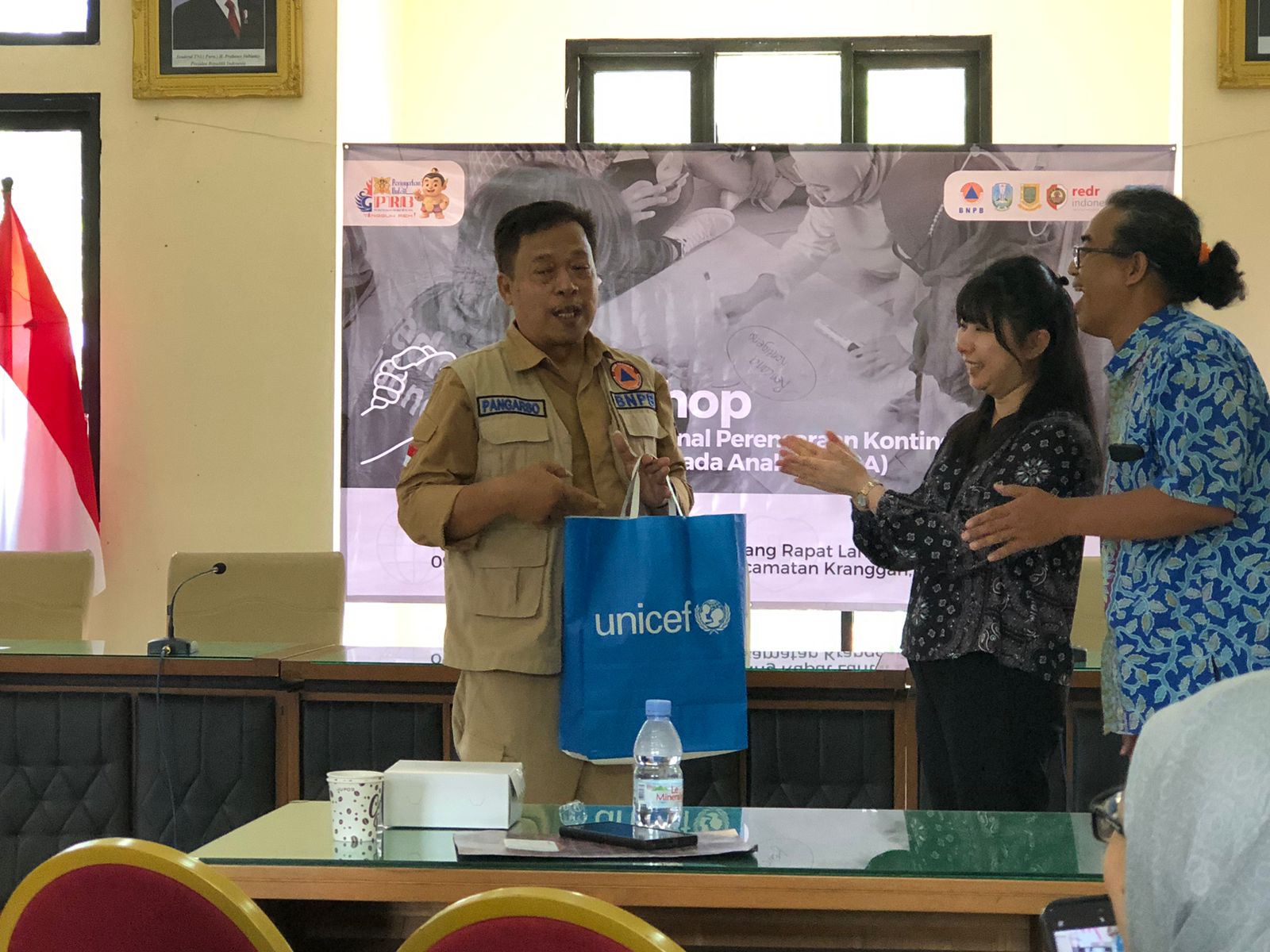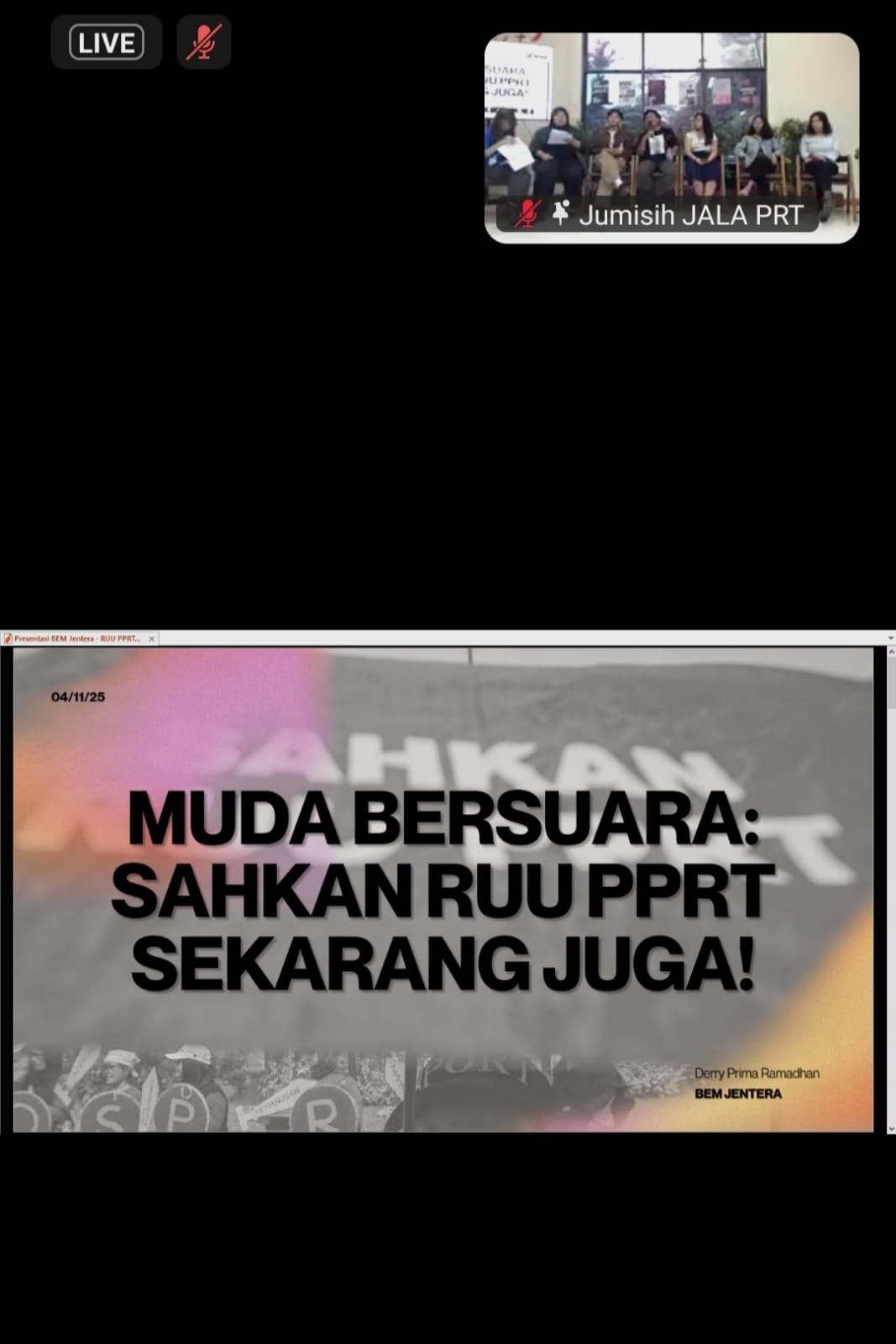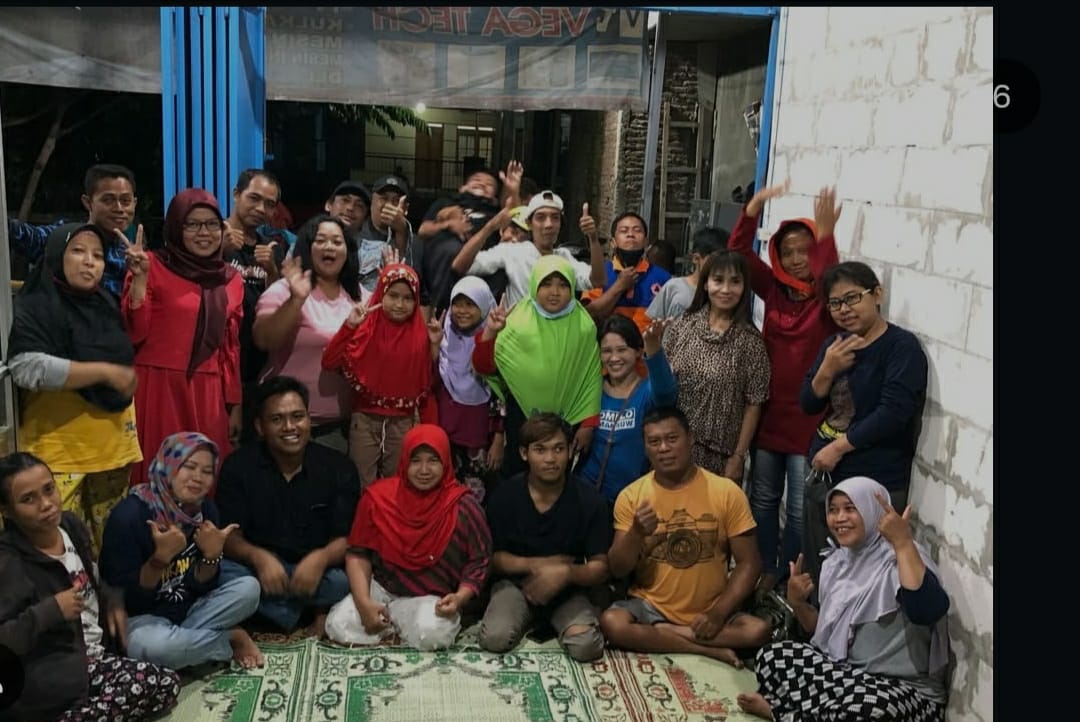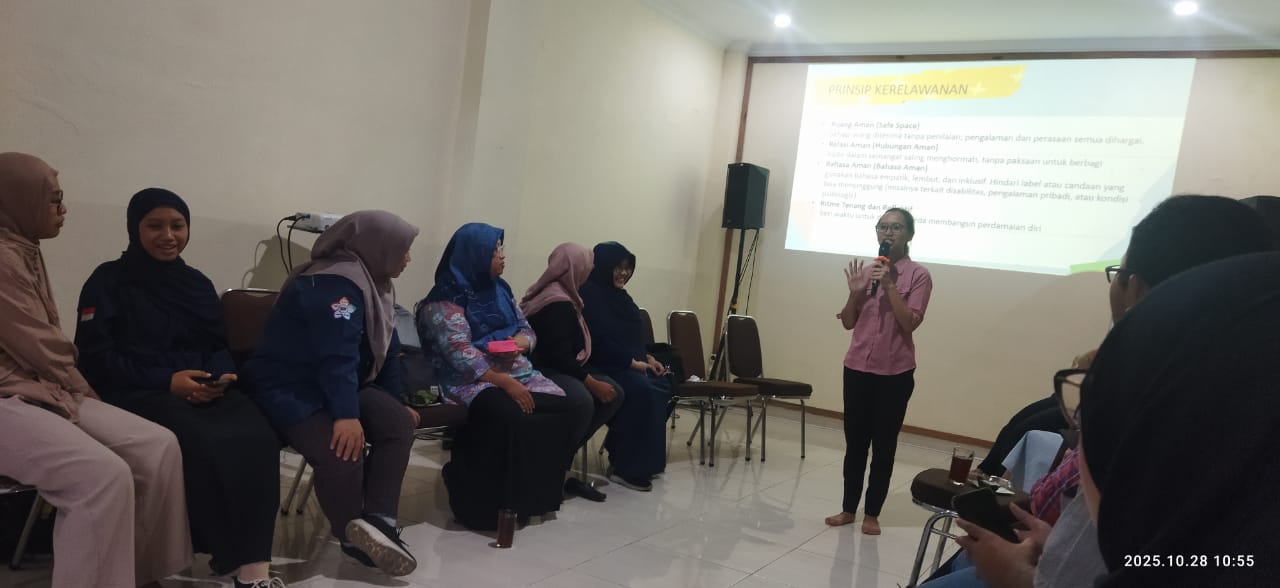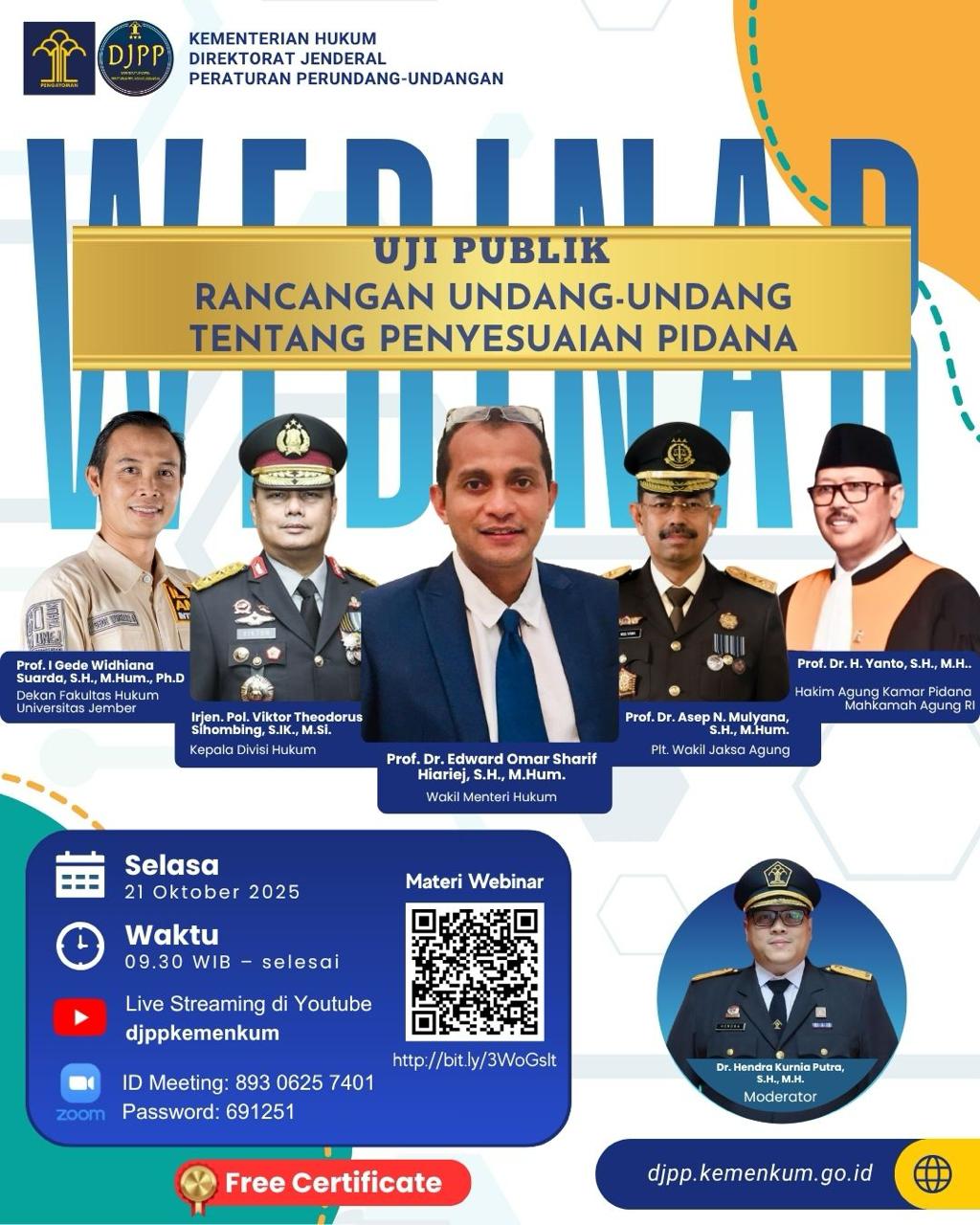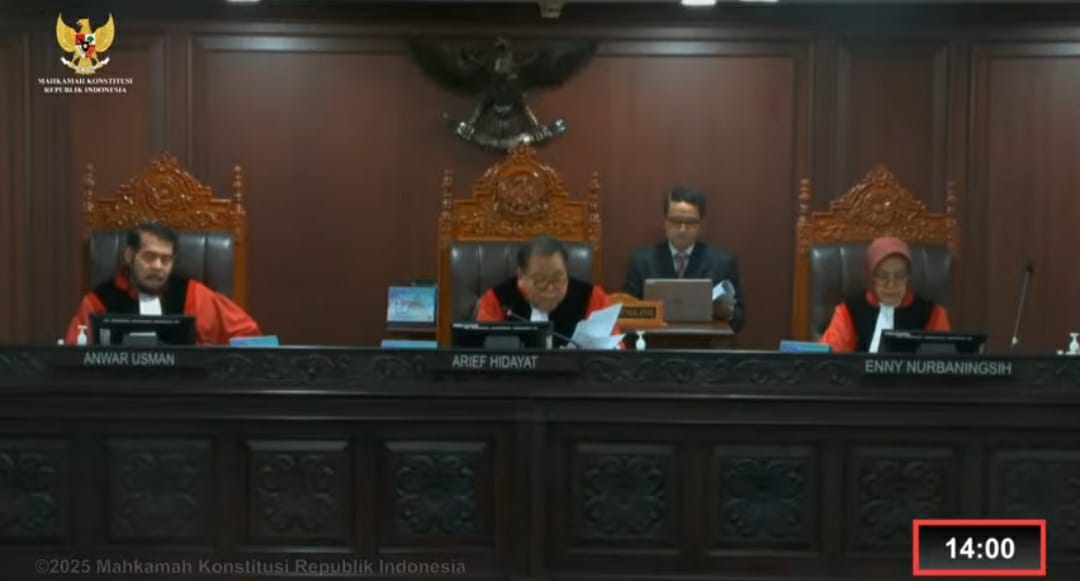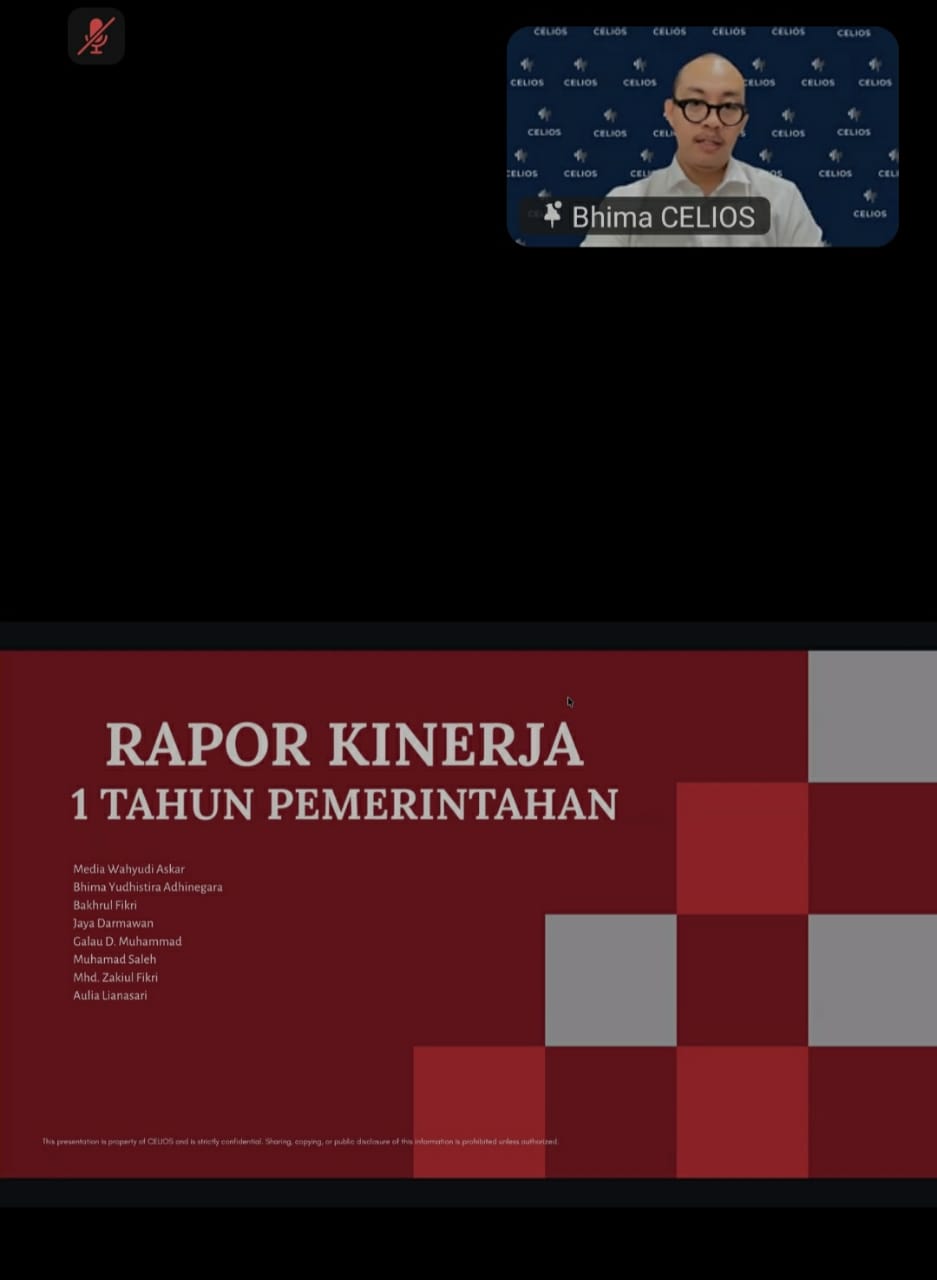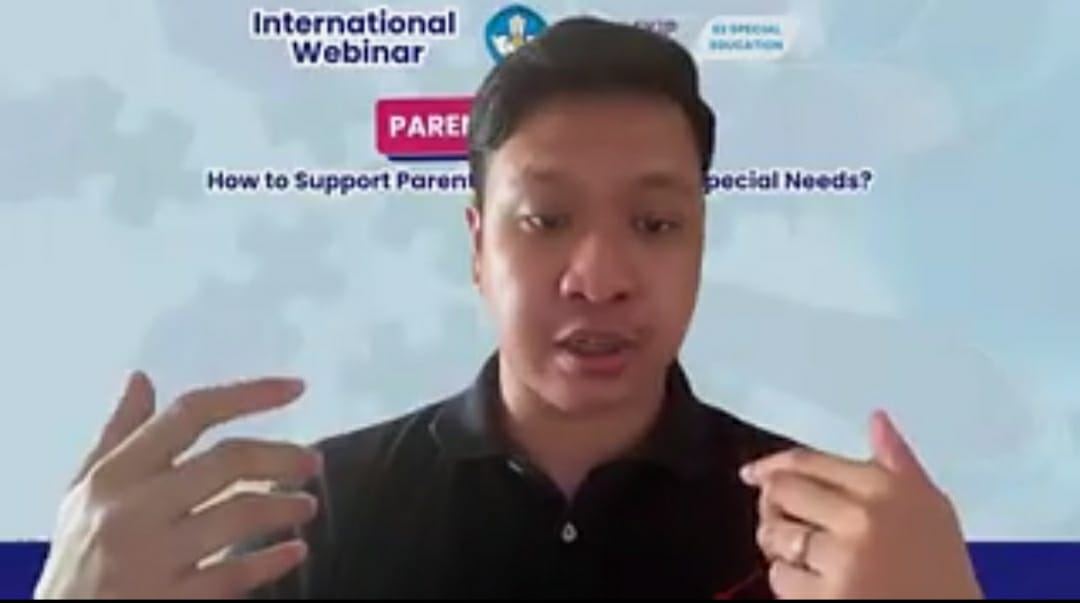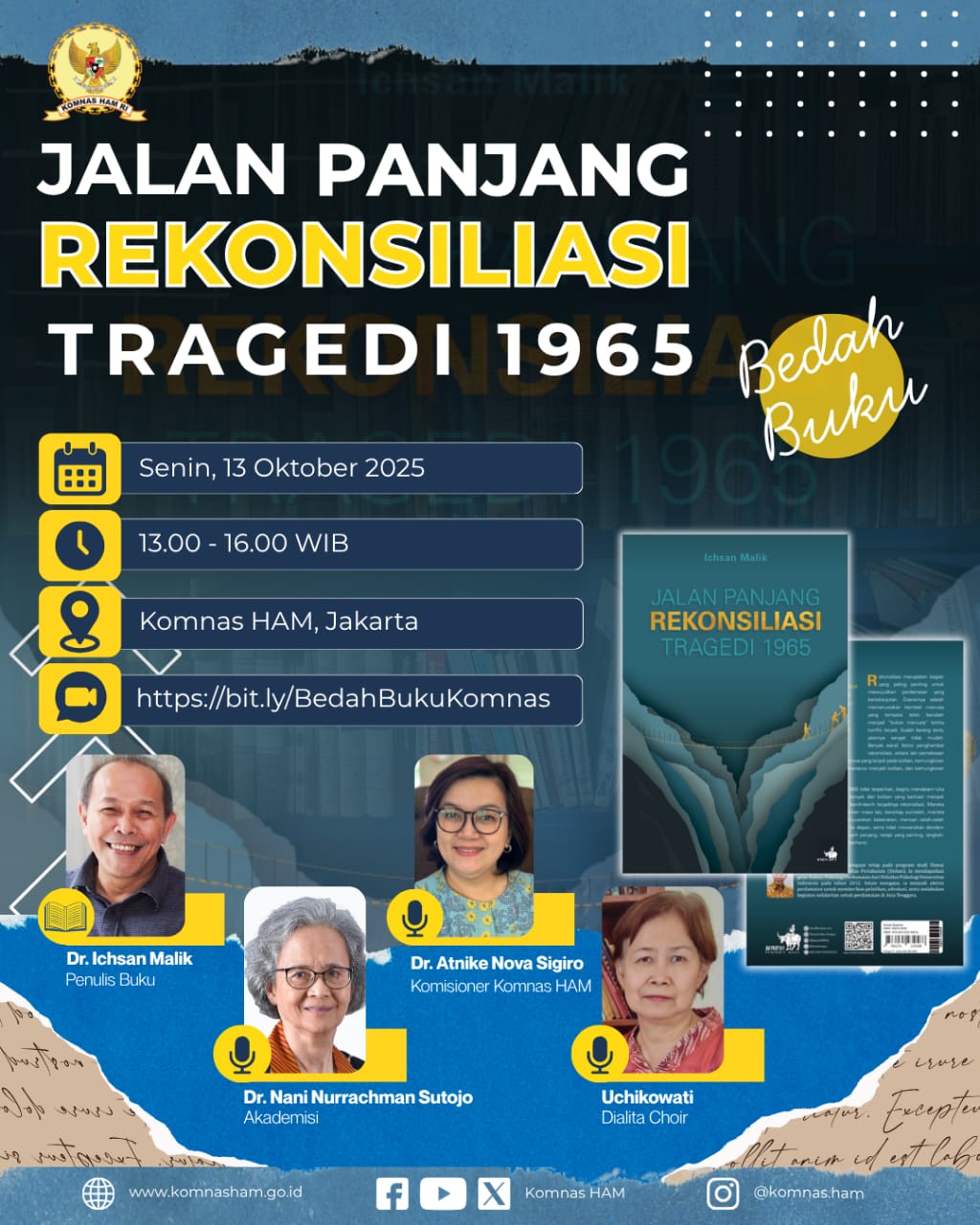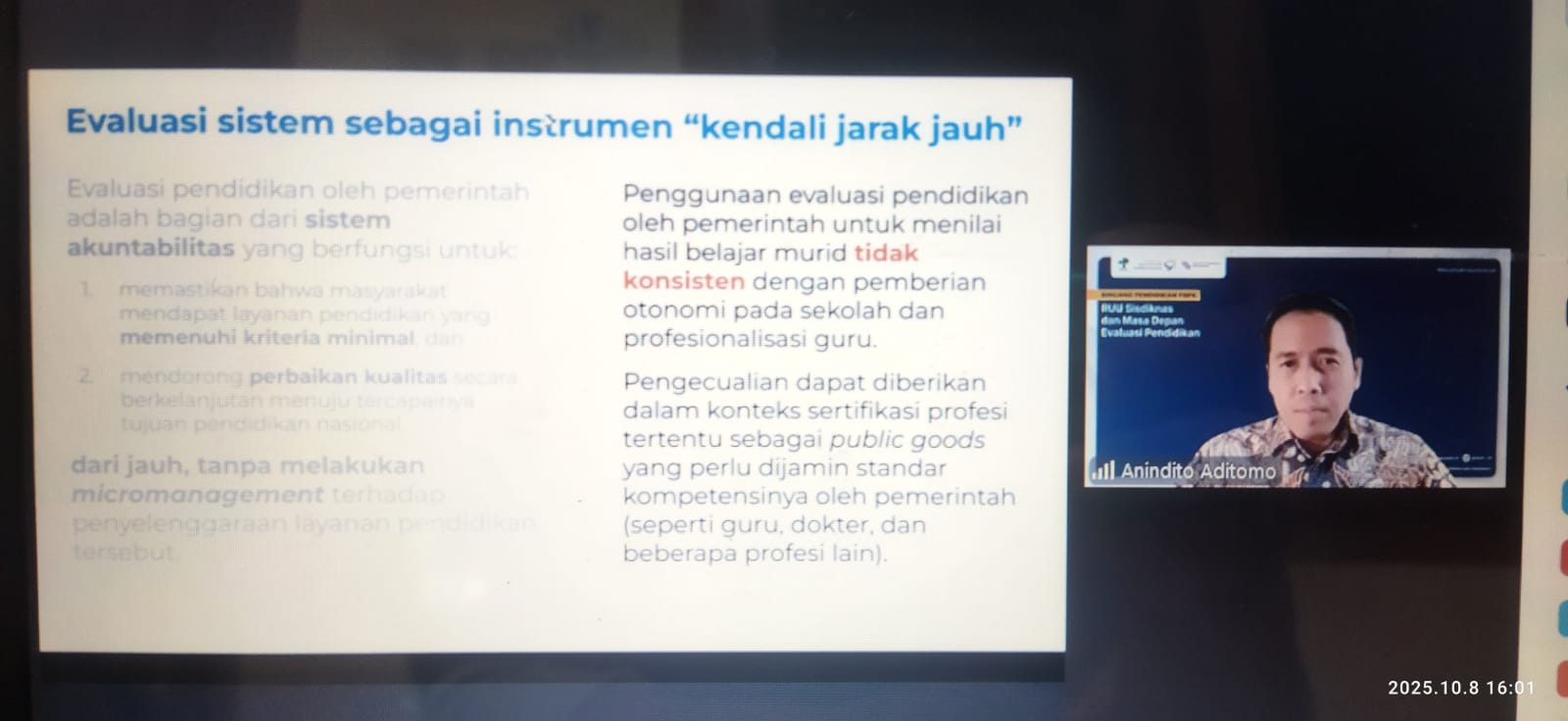The Government and development partners conducted a workshop on National Guideline for Child-Centred Contingency Plan (PPKBA) at Kranggan Sub-District, Mojokerto on 1 October 2025. The activity was part of the Disaster Risk Reduction Month aimed to ensure the interests and rights of children be seriously integrated into local disaster plan.
In the opening speech, the representatives of partners, such as RedR Indonesia, UNICEF Indonesia, and the National Disaster Management Authority BNPB agreed that children were the most at-risk group in disaster situation. "Children are not just beneficiaries, but are also active subjects with critical roles in planning," said Drs. Pangarso Suryotomo, M.MB from the Preparedness Directorate of the National Disaster Management Authority (BNPB).
The head of BNPB was equally committed to review the regulation regarding child protection in order to make it more integrated. Lina Sofiani from UNICEF Indonesia added that advocacy had been done since 2022 in many part of Indonesia in order to support chid participation, particularly girls.
In his presentation, the Consultant for Child Protection, Donny Irawan explained the serious impacts of disaster on children, such as:
- Loss of vital access: Access to schools, health care, and proper sanitation.
- Risk of exploitation: increased vulnerability to child trafficking and sexual violence at unsafe refuge locations.
- Long-term issue: Threats of early marriage and psycho-social trauma.
The presentation re-affirmed that disaster management had to be holistic and multi-sector in order to prevent the worst impacts.
Yugyasmono (National Facilitator for BNPB) stated that PPKBA had to be integrated into the Contingency Plan as per BNPB Regulation No. 2 Year 2023. The key principles were:
- Right-Based: Prioritise protection of children’s lives, health, and rights.
- Multi-sector: Involve sectors such as clean water, health, education, and child protection.
- Participatory: Promote children’s involvement in all planning steps.
Technically, children’s perspective had to be integrated into:
- Background and Legal Basis: Explain the urgency of PPKBA.
- Policy: Guarantee child-friendly facilities and children’s participation during emergency phase.
- Evacuation Plan (Attachment): Consider disaggregated data of children affected and provide safe and adequate evacuation venues that cater to the specific needs of children.
The activity closed with declaration that the urgency of PPKBA showed a commitment to ensure that vulnerable groups got multi-sector attention (no one left behind).The key recommendation was to promote multi-sector involvement and investment in children’s capacity in disaster risk reduction, as a preparation for a resilient generation. (Vera)




